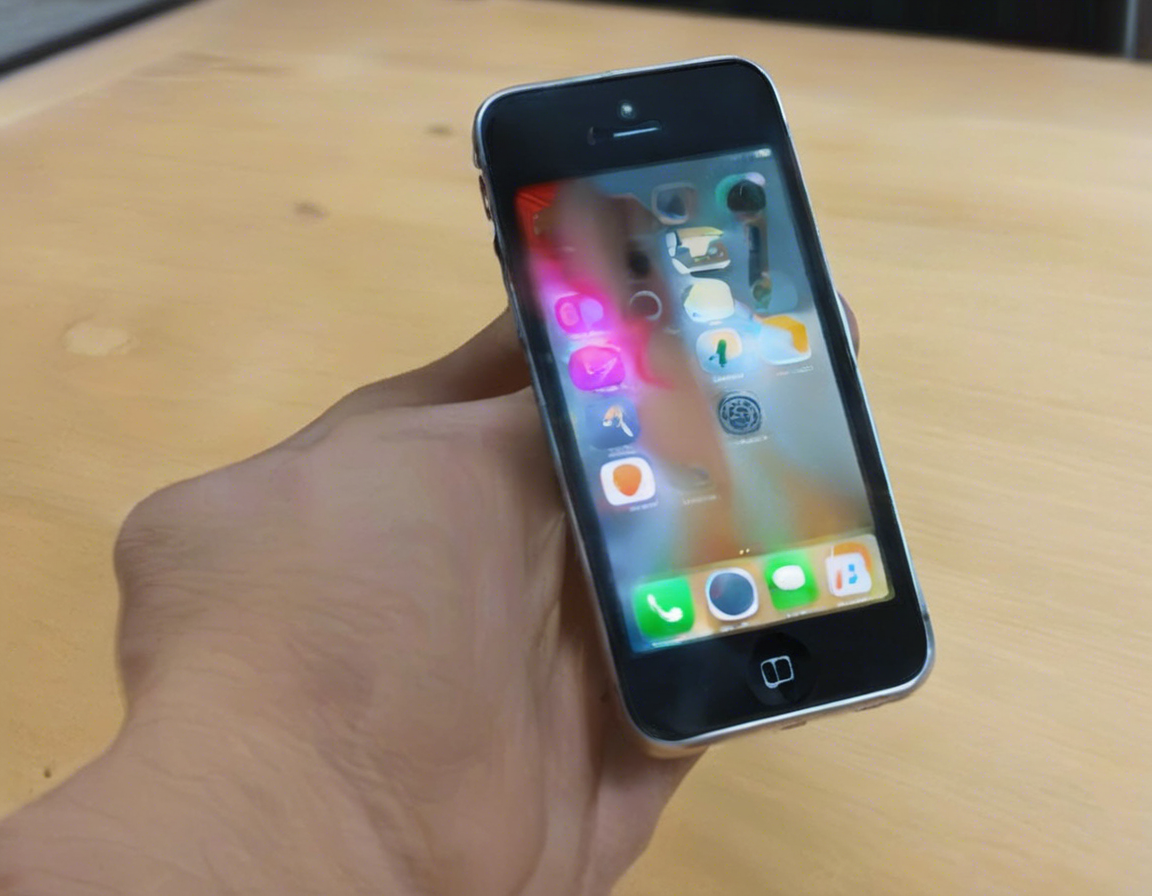Ultimate Guide to Buying a Second Hand iPhone
Uncategorized May 19, 2024

Are you considering purchasing a second-hand iPhone? Whether it’s for budget reasons, a desire to own an older model, or simply a preference for pre-owned devices, buying a used iPhone can be a great decision. However, there are certain key factors to consider to ensure you make a smart purchase. In this comprehensive guide, we’ll explore everything you need to know before buying a second-hand iPhone.
Factors to Consider When Buying a Second-Hand iPhone
1. Budget
Before diving into the world of second-hand iPhones, it’s important to set a budget. Used iPhones can vary greatly in price depending on factors like age, condition, and storage capacity. Having a clear budget in mind will help narrow down your options and prevent overspending.
2. Model
Decide which iPhone model you are interested in purchasing. Research the specifications and features of different models to find one that meets your needs. Keep in mind that older models may not support the latest software updates, so choose wisely based on your usage requirements.
3. Condition
Inspect the condition of the used iPhone carefully. Check for any scratches, dents, or other physical damages. Ensure that the screen is not cracked, and all buttons and ports are functioning properly. If possible, ask for a demonstration to test the camera, speakers, microphone, and touch screen.
4. Battery Health
One of the most critical factors to consider when buying a used iPhone is the battery health. Batteries degrade over time, affecting the device’s performance and longevity. Ask the seller for the battery health percentage and whether it has been replaced recently.
5. IMEI Number
Always ask for the IMEI number of the iPhone before making a purchase. You can check the IMEI number on websites like imei.info to verify if the device is stolen, blacklisted, or has any outstanding financial obligations.
6. Storage Capacity
Determine the storage capacity you will need based on your usage habits. iPhones come in various storage options, so choose one that can accommodate your apps, photos, videos, and other data without running out of space.
7. Carrier Compatibility
Ensure that the used iPhone you are purchasing is compatible with your carrier. Different iPhone models support different network bands, so check with your carrier or consult Apple’s website to confirm compatibility.
8. Price Comparison
Shop around and compare prices from different sellers or platforms. Prices for second-hand iPhones can vary, so it’s worth taking the time to find the best deal. Consider purchasing from reputable sources like certified refurbishers or trusted online marketplaces.
Tips for Buying a Second-Hand iPhone
1. Buy from a Reputable Seller
Opt to purchase from reputable sellers who offer warranties or return policies. Avoid buying from unknown or unreliable sources to minimize the risk of scams or purchasing a stolen device.
2. Ask for Proof of Purchase
Request the original purchase receipt or invoice to verify the authenticity of the iPhone. Having proof of purchase can also be useful for warranty purposes or in case of any issues with the device.
3. Meet in Person
If possible, arrange to meet the seller in person to inspect the iPhone before making the purchase. This way, you can examine the device firsthand and ensure that it matches the seller’s description.
4. Negotiate the Price
Don’t be afraid to negotiate the price when buying a used iPhone. Sellers may be willing to lower the price, especially if the device has been listed for a while or has minor flaws.
5. Check for Water Damage
Inspect the iPhone for any signs of water damage, such as corroded ports or watermarks under the display. Water damage can cause serious issues with the device’s internal components and should be avoided.
6. Reset the iPhone
Before completing the purchase, ask the seller to reset the iPhone to its factory settings. This will ensure that all data is wiped from the device, and you can set it up as a new phone.
7. Consider Refurbished Models
If you’re hesitant about buying a used iPhone, consider purchasing a certified refurbished model. Refurbished iPhones undergo thorough testing and repairs to ensure they meet Apple’s quality standards.
Frequently Asked Questions (FAQs)
Q1. Is it safe to buy a second-hand iPhone?
- A: Yes, buying a second-hand iPhone can be safe as long as you purchase from a reputable seller and thoroughly inspect the device before making the purchase.
Q2. How can I check the battery health of a used iPhone?
- A: Go to Settings > Battery > Battery Health on the iPhone to view the maximum capacity percentage. Alternatively, ask the seller to provide this information.
Q3. What should I do if the used iPhone is iCloud locked?
- A: If the iPhone is iCloud locked, it means it is still connected to the previous owner’s iCloud account. Ask the seller to disable Find My iPhone and log out of their iCloud account before purchasing.
Q4. Are refurbished iPhones worth buying?
- A: Refurbished iPhones are a good option for buyers looking for a reliable device with a warranty. They are typically cheaper than brand new iPhones and undergo thorough testing before being resold.
Q5. Can I return a used iPhone if I’m not satisfied with the purchase?
- A: It depends on the seller’s return policy. Some sellers offer a grace period for returns, while others may have a no-return policy for used devices. Be sure to clarify this before making the purchase.
In conclusion, buying a second-hand iPhone can be a cost-effective way to own a reliable device with premium features. By considering factors like budget, model, condition, battery health, and carrier compatibility, you can make an informed decision when purchasing a used iPhone. Follow the tips provided in this guide and remember to prioritize seller credibility and device authenticity to ensure a smooth and satisfactory buying experience.